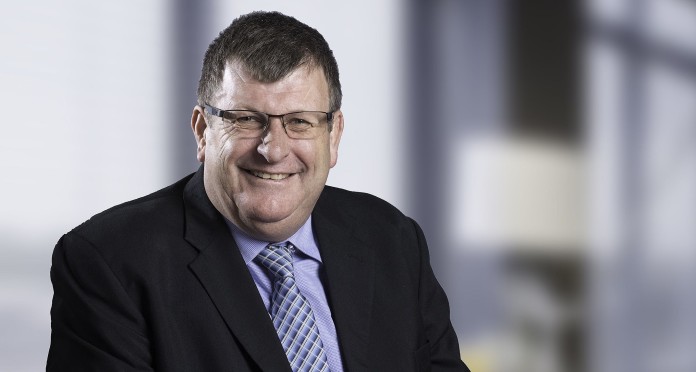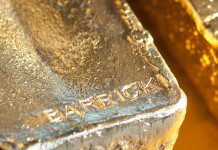
HARMONY Gold today unveiled an update of a feasibility into the Wafi-Golpu copper/gold project in Papua New Guinea (PNG) saying it would spend $1bn less on the project and that it would produce about 29% more copper and gold over a shorter time frame.
The feasibility, which increased cash flow and the project’s return, also detailed a number of technical changes since the 2016 feasibility study. One such change included a decision to bury the waste or tailings from the project’s copper and gold production underwater.
The Wafi-Golpu project is shared on a 50/50 basis with Newcrest Mining, an Australian gold mining firm. The government of PNG has an option to buy 30% of the project.
“We look forward to working with the government of Papua New Guinea during the permitting process, which is a critical step in advancing this important project in the best interests of our shareholders and the people of Papua New Guinea,” said Peter Steenkamp, CEO of Harmony Gold in a statement.
The key metrics of the feasibility study are total project capital of $5.38bn compared to total capital of $6.38bn in the previous study. Average annual gold production was put at some 266,000 ounces compared to 202,000 oz whilst copper output would be 161,000 tonnes compared to production previously estimated of 130,000 tonnes. The life of mine of the project was cut to 28 years from 35 years previously.
The cost of building the project to commissioning has increased, however, to $2.83bn compared to $2.66bn – a forecast that will do little to ease investor concerns regarding how a company the size of Harmony will afford to build it. Miningmx reported last week that Harmony’s 13% shareholder, African Rainbow Minerals (ARM), might support the project owing to its significant copper exposure.
The increase in project capital, which excludes stay-in-business and reserve replacement capital, is owing to a decision to build a deep sea tailings placement (DSTP) facility which will also have the effect of increasing negative cash flow earlier in the project’s life as a function of higher upfront capital costs The DSTP will have the effect, however, of lowering the overall capital required in the venture, said Harmony Gold.
The project is projected to generate free cashflow averaging around $900m a year in the first ten years post commercial production, said Harmony Gold in its statement. This included cash flow in excess of $1bn in five of these first 10 years. The estimated net present value of the project increased to $2.6bn (2016: $1.95bn) with an internal rate of return of 18.2% compared to an IRR of 17.5% previously.
The next steps for the project team is to submit supporting documentation for its special mining lease application to the PNG on March 20. It was also targeting submission of the environmental impact statement by end-June. The project also required the support of Harmony’s and Newcrest’s boards.
NOT SELLING
Harmony had no intention of selling the project but it would keep an open mind in respect of parting with a portion of shares in it in order to raise finance. Asked whether ARM was in discussions regarding taking a stake, Harmony CFO Frank Abbott, said the company wasn’t at liberty to comment on behalf of ARM. “As long as we keep control, we can sell a portion of it though,” he added.
The fundability of Wafi-Golpu has long been a bone of contention, especially among some analysts who think it might be too difficult to manage. Steenkamp said, however, that with the recommissioning of Hidden Valley, also in PNG, and the purchase of AngloGold Ashanti’s Moab Khotsong, a mine in South Africa, the company had stable cash flow.
Abbott added that in terms of the project’s cash flow schedule, the company would collect $500m from the eighth year of operation, a year after it turned cash flow positive. “The project is more fundable than in the previous feasibility study,” said Abbott. “We can easily fund it in the first three years. After that we will need to fund capex with bank finance for two or three years. But it’s very fundable,” he said.
Said Steenkamp: “We are not going in with the mindset of selling it. We want to build the project. We can never say never regarding keeping the project because we don’t know what’s going to happen, but would like to keep this mine. And I don’t think shareholders will have a problem with it”.










